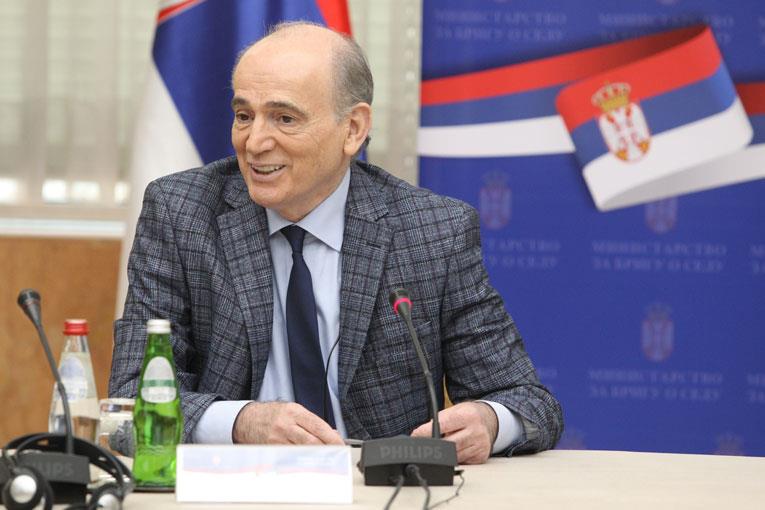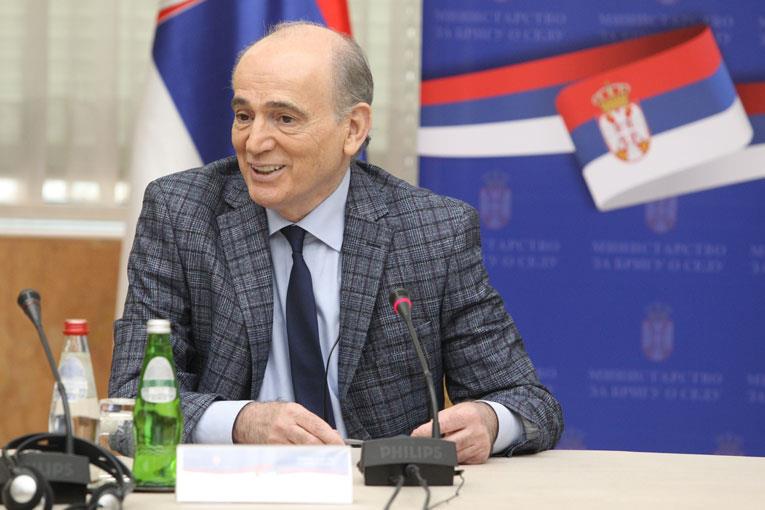Carriages and Miholjac Village Gatherings: Tradition That Refuses to Die!
Did you know that horse-drawn carriages, those old-timey fiacres, are back in style in Serbia? Yes, you read that right! The Miholjac village gatherings in Serbia are exploding in popularity this year, and carriages are the shining stars of these events celebrating Serbian tradition, culture, and village spirit.
What’s Happening at the Miholjac Gatherings?
It all started in Malo Crniće with a carriage show, then the festivities rolled on to Doljevac, Boljevac, and even Bački Petrovac. The number of participants and visitors is unprecedented, proving that people in Serbia still cherish and nurture their roots.
At these events, you can ride carriages, taste homemade delicacies, see exhibitions of handicrafts, enjoy competitions, and watch performances by cultural and artistic societies. Sandra Mitrović, assistant to the mayor of Malo Crniće, says these days restore faith in people, roots, and community strength. Tradition lives only when people lovingly nurture it, and the village has a soul and a future.
Carriages: A Symbol of Tradition and Pride
The winner of the most beautiful carriage contest, Dejan Stojadinović, proudly says he inherited his love for horses and carriages from his grandfather. For him, working with carriages is not just a hobby but a return to roots, a source of peace and pride. Every year, the most beautiful traditional vest (jelek) is chosen, and the winner receives a traditional wooden paddle, while the best carriage is awarded a handmade trophy shaped like a horse.
Villages Across Serbia Celebrate Their Customs
While the best jelek is chosen in Kula, in Dobrujevac near Boljevac they prepare traditional roasted meat (sač), play shepherd games, and sing folk songs. Bački Petrovac and the village of Maglić showcase the skills of their hardworking housewives, Doljevac organizes folk costume parades, gastronomic competitions, and dances for all participants and guests.
This year, 29 local governments received funds to organize Miholjac gatherings, and in July, 22 events will take place across Serbia. Residents of Trstenik, Odžaci, Ada, Osečina, Zaječar, and Tutin are ready to welcome visitors and showcase the richness of their traditions.
Why Does This Matter?
In a world that’s changing fast and where many forget their roots, Miholjac gatherings prove that tradition is not dead. People in Serbia still want to nurture their customs, socialize, sing, dance, and take pride in their villages and homeland.
These events are not just fun—they’re a lesson in preserving identity and strengthening community through love for tradition.
The Bottom Line
If you think carriages are just old museum pieces, think again! They’re back in style, and for good reason. Miholjac village gatherings show that Serbian villages are alive and kicking, tradition has a future, and love for the homeland is stronger than ever.
So, what about you? Have you visited a Miholjac gathering yet? Or maybe you have a funny carriage story? Share it in the comments—let’s laugh together and remember how awesome it is to be part of this story!
Slug: miholjski-susreti-sela-srbije-fijakeri-tradicija




















